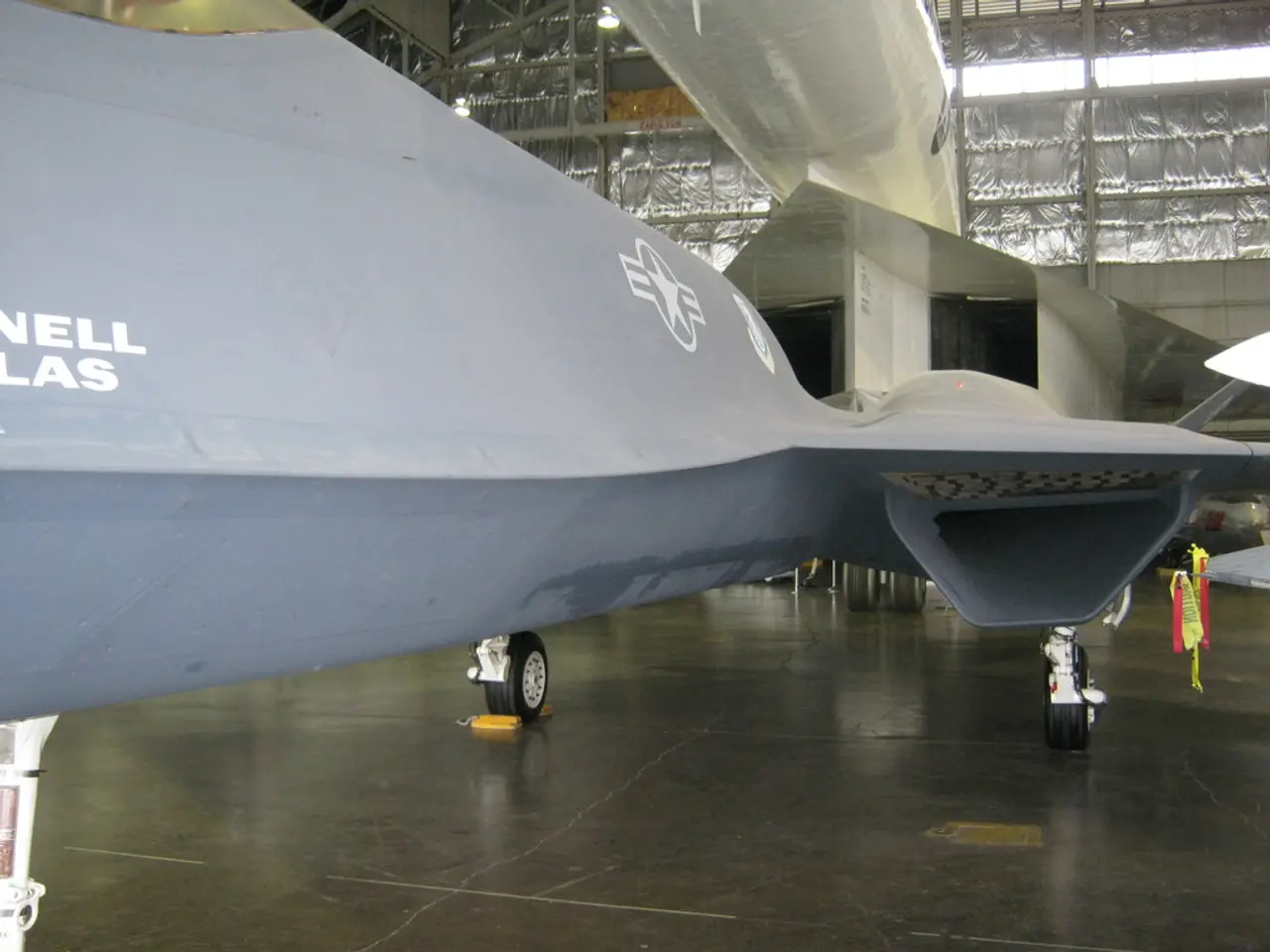Rocket launch failure for Australia: 14 seconds after takeoff, the rocket shattered. Marks the end of a 54-year wait for the country's first orbital flight.
In a disappointing turn of events, the Australian space industry took a step back on July 29, 2022, as the first Australian-made rocket, Eris-1, failed during its launch. The rocket, which stood at 82 feet (25 meters) tall, crashed back to Earth just 14 seconds after takeoff.
The failure was due to a loss of ascent momentum shortly after liftoff, causing the rocket to stall, slide sideways, and fall back to the ground without an explosion. Despite all four hybrid-propelled engines igniting as planned and the rocket initially lifting off as expected, the ascent quickly stalled after clearing the launch pad, leading to a loss of control and a crash landing.
Technical details suggest a partial engine failure, with about half of the engines failing. However, the rocket's Guidance, Navigation, and Control systems managed to keep it pointing upright during the short flight. The use of hybrid propulsion systems, which include liquid hydrogen peroxide as oxidizer and solid fuel in the first two stages, as well as a kerosene-oxygen third stage, may have contributed to the lack of a fireball upon impact.
Despite the failure, no definitive cause has been publicly detailed. Gilmour Space Technologies, the Australian company responsible for the rocket, has not yet revealed what went wrong with the launch. The company has, however, stated that further analysis is planned before attempting the next flight within six to eight months.
The Eris rockets are designed to launch 660 pounds (300 kilograms) of material into low Earth orbit. The primary payloads for these rockets are likely to be small communications satellites. Gilmour Space is also developing the primary payloads for the Eris rockets.
The launch was initially scheduled for March but was postponed due to adverse weather conditions caused by Cyclone Alfred. A piece of the payload "popped off" the rocket on the launch pad in mid-May, causing the launch to be scrapped.
The launch was the first attempted orbital flight in almost 54 years for Australia. It took place at 8:35 a.m. local time (6:35 p.m. ET) from Bowen Orbital Spaceport in coastal Queensland. The video of the launch shows the rocket initially taking off as expected, but it quickly stalled, slid sideways, and dropped back to the ground.
Despite the failure, there were no reported injuries or adverse environmental impacts during the crash. The Eris rockets can launch approximately 15 times more material into low Earth orbit than SpaceX's Falcon 9 rockets, making them a significant player in the global space industry. The next launch attempt will undoubtedly be met with anticipation and hope for a successful outcome.
The failure of Eris-1, an Australian-made rocket, on July 29, 2022, was caused by a loss of ascent momentum due to a partial engine failure, which stalled the rocket and led to its crash. The use of hybrid propulsion systems in Eris rockets, consisting of liquid hydrogen peroxide as oxidizer and solid fuel in the first two stages, as well as a kerosene-oxygen third stage, is believed to have contributed to the lack of a fireball upon impact. Despite the setback, Gilmour Space Technologies plans to conduct further analysis before attempting the next launch within six to eight months.




